The Oregon National Guard has integrated drone-delivered medical supplies into its combat medic training program at Camp Rilea, marking a new approach to battlefield medicine preparation. The 249th Regional Training Institute (RTI) medical detachment reportedly incorporated unmanned aerial systems for the first time during their annual 68W Combat Medic sustainment course from January 23-31.
Adapting to Modern Combat Scenarios
“We’re transitioning from the way we did combat in the global war on terror,” explains Sgt. 1st Class John Lee, NCOIC at the 249th RTI medical detachment. “We’re not going to always have medevac one hour away. We might have to travel to it or use ground transport to get to an ambulance exchange point before we can get the casualty to a higher level of care.”
Comprehensive Drone Delivery Training Structure
The two-week certification course combines multiple training elements, including classroom instruction, medical trauma lanes, and testing. This year’s program culminated in a field training exercise that incorporated drone delivery of medical supplies alongside traditional combat medicine skills.
Combat medics must complete recertification every two years to maintain their qualifications. “We start at the basic level and work our way back up, improving their skills,” Lee notes. “There’s no telling how much hands-on medicine they might have done in those two years, so we need to knock the rust off.”
The training program places medics in demanding situations that simulate battlefield conditions. “We train as we fight,” Lee emphasizes. “The medics need to deal with the consequences of their decisions in real-time. If they make mistakes, it might cause further harm to the casualty, and they need to fix it.”
The program emphasizes the importance of teamwork and problem-solving in tactical environments. When discussing the essential qualities for combat medicine, Lee highlights the dedication of the participants: “These are people that aren’t going to shy away from a fight. They’re going to step up and get the job done, no matter what.”
Looking Ahead
The integration of unmanned systems into this year’s training reflects the military’s broader preparation for near-peer conflicts where immediate medical evacuation might not be possible. This adaptation in training methodology suggests an evolving approach to battlefield medicine, with Drone Technology potentially playing an increasingly important role in future combat medical operations.
Photos courtesy of Oregon National Guard
Discover more from DroneXL.co
Subscribe to get the latest posts sent to your email.
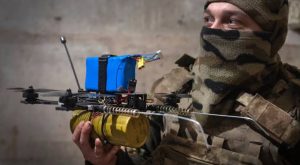
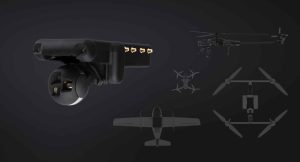
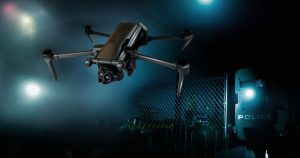
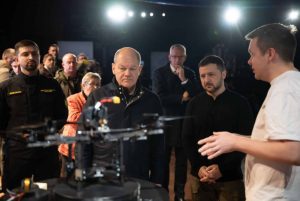

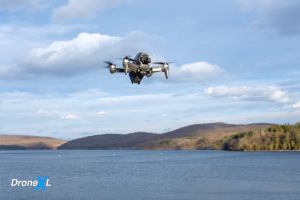
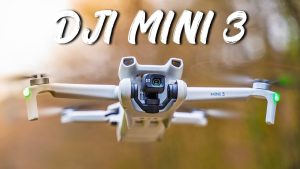

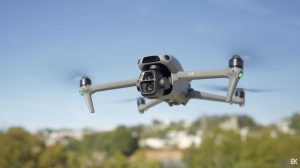
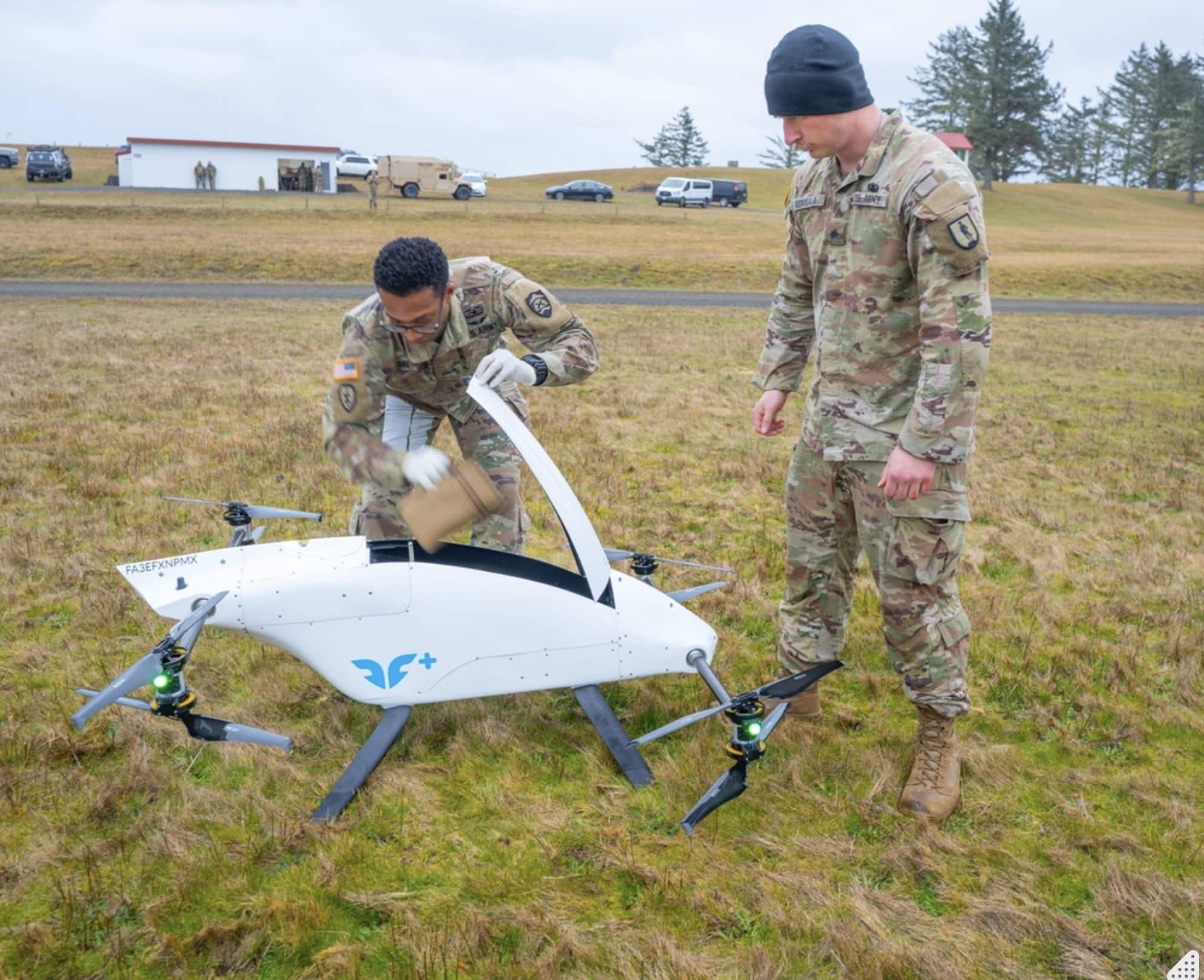
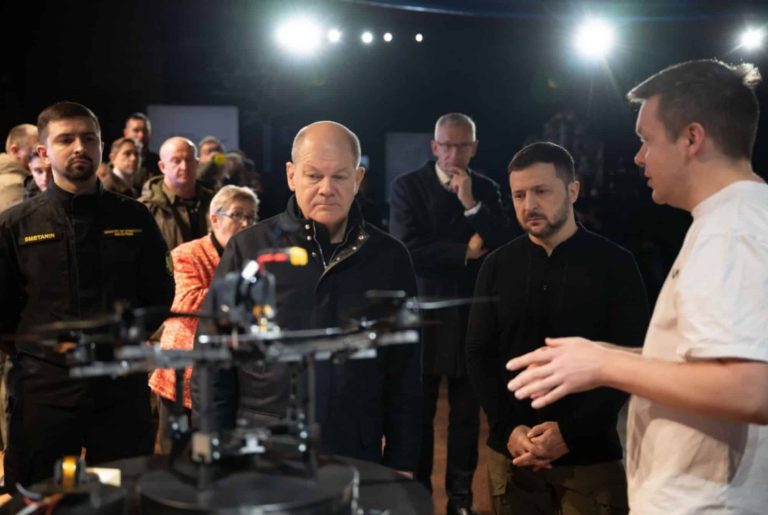
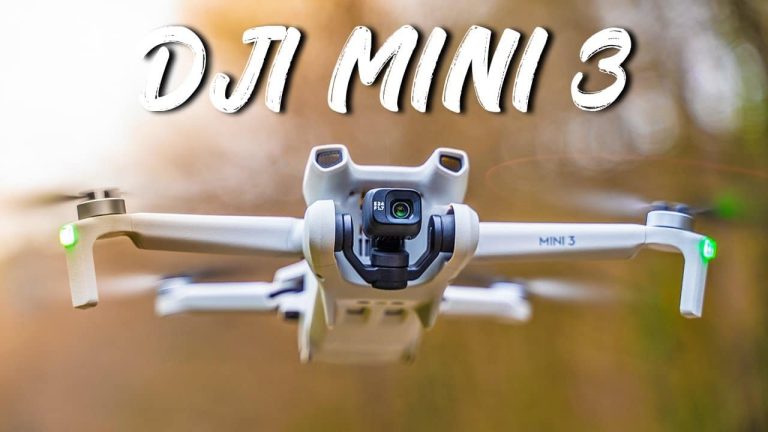

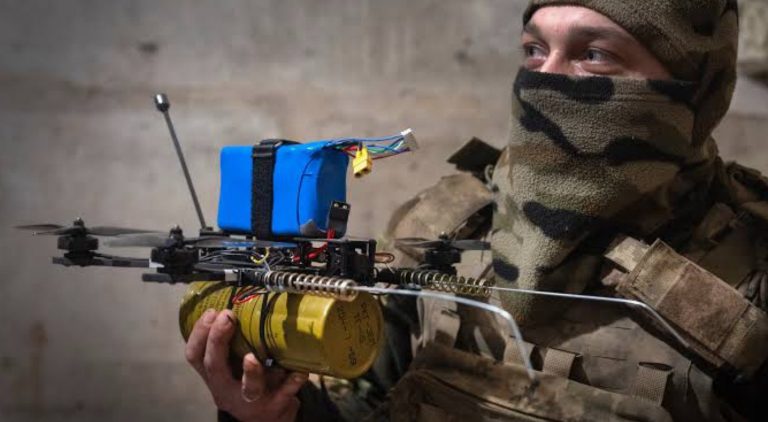
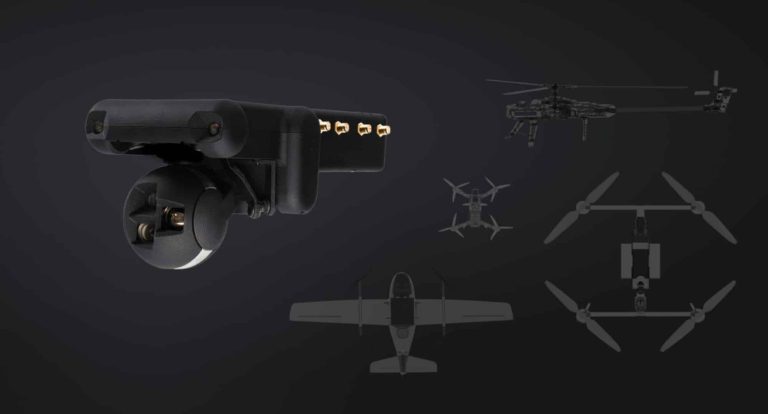
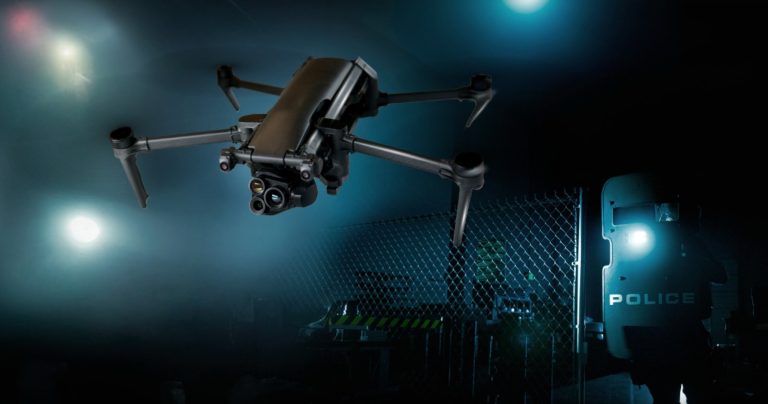
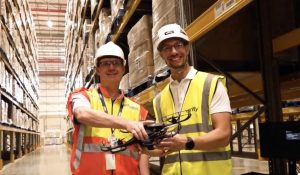
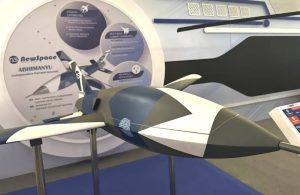

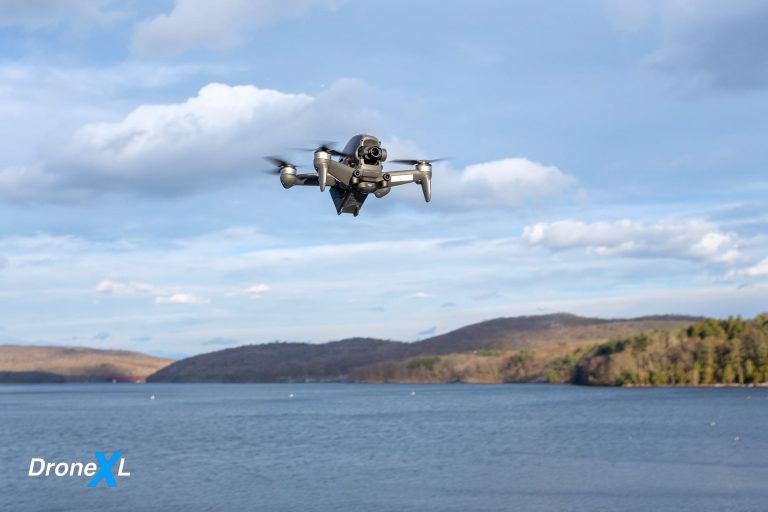
+ There are no comments
Add yours